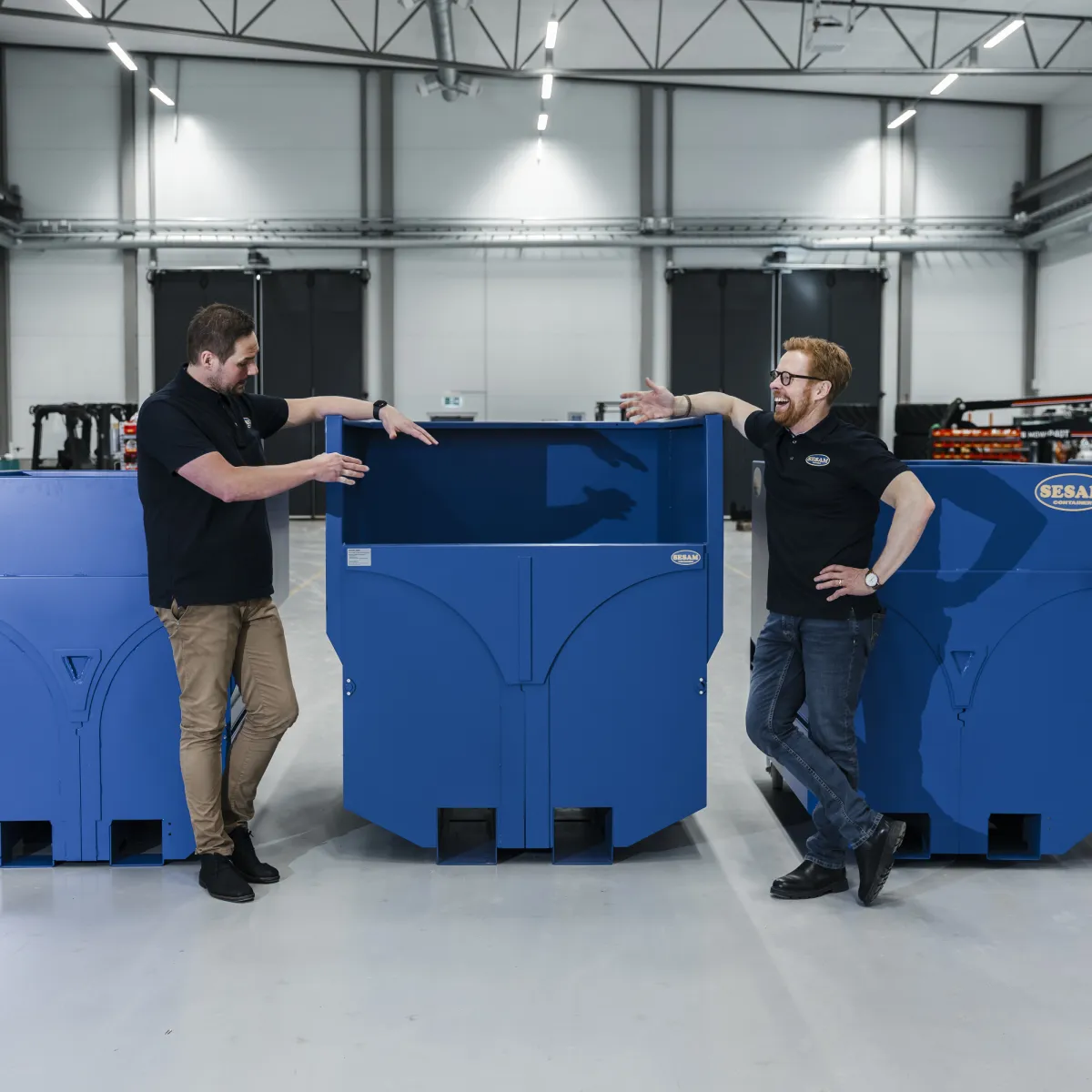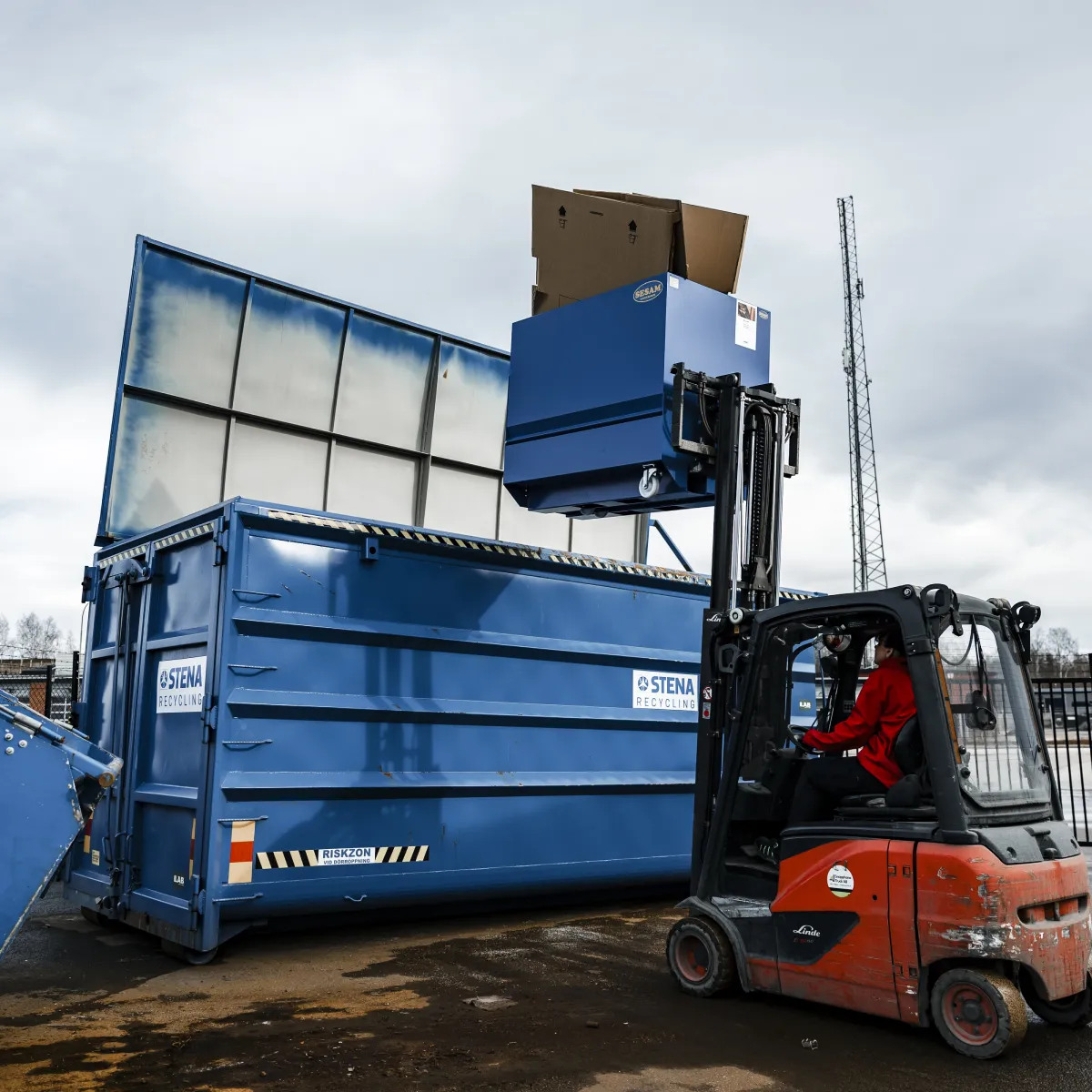Safer Emptying with Bottom-Emptying Containers

Industrial waste management procedures are starting a substantial transformation as forklift-compatible waste containers obtain popular adoption across numerous sectors. These particular bins, created for bottom emptying container (bottentömmande container) with typical forklift equipment, are giving measurable improvements in functional efficiency and workplace safety.
Operational Efficiency Shows Dramatic Improvements
Recent efficiency knowledge shows substantial productivity increases from forklift-compatible container systems. Operations utilizing these pots record 35% quicker selection rounds compared to traditional guide handling practices, significantly reducing job requirements and vehicle downtime.
Package placing precision increases by 88% when forklift operators handle correctly designed crap containers. This detail decreases sill incidents and minimizes washing time, causing over all functional efficiency gets across large-scale spend administration operations.
Filling and unloading occasions reduce by on average 8 moments per pot when forklift compatibility changes handbook lifting systems. These time savings compound throughout everyday procedures, delivering substantial productivity improvements for high-volume spend handling facilities.

Safety Statistics Demonstrate Clear Risk Reduction
Office damage knowledge supports the convincing protection event for forklift-compatible garbage containers. Procedures implementing these systems knowledge 52% less straight back injuries and similar stress incidents in comparison to services depending on guide container handling.
Accident costs drop somewhat when physical raising replaces human effort. Businesses record 67% decrease workers' compensation statements after transitioning to forklift-compatible package programs, addressing considerable charge savings beyond output improvements.
Ergonomic benefits increase through the duration of spend selection operations. Personnel record 43% less bodily weakness when forklift equipment handles major pots, adding to improved work satisfaction and paid down worker turnover rates.
Cost Analysis Reveals Strong Financial Returns
Economic information shows positive reunite on expense for forklift-compatible pot adoption. Agencies an average of recover implementation costs within 14 weeks through combined job savings and reduced harm expenses.
Gear durability raises considerably with proper mechanical handling. Forklift-compatible containers experience 31% less injury throughout routine procedures compared to physically handled solutions, extending company life and lowering substitute frequency.
Maintenance costs decrease by around 22% when standardized forklift managing replaces different manual techniques. That consistency decreases package use habits and simplifies preventive preservation scheduling across big container fleets.
Capacity Utilization Reaches New Standards
Container design improvements permit better room operation throughout series operations. Forklift-compatible techniques obtain 91% normal load prices in comparison to 76% for physically positioned containers, maximizing carrying performance and lowering series frequency requirements.
Standardized proportions aid optimal vehicle packing configurations. Forklift operators may place pots with millimeter precision, allowing 18% more containers per transporting car in comparison to information filling methods.
Weight circulation increases somewhat through technical positioning. Effectively healthy masses lower car use and fuel usage by around 12%, supplying constant working charge benefits.

Industry Adoption Accelerates Across Sectors
Market penetration statistics suggest quickly rising acceptance of forklift-compatible garbage containers. Manufacturing features show 73% usage charges for new box buys, driven by demonstrated safety and efficiency advantages.
Structure procedures record 156% improved utilization of forklift-compatible programs in the last two years. These demanding surroundings specially benefit from the toughness and handling detail these bins provide.
Municipal spend management operations are implementing forklift-compatible programs at accelerating rates. Public segment use has increased 89% annually as budget-conscious administrators recognize long-term charge benefits and liability reduction potential.
Forklift-compatible crap bins signify an established alternative delivering measurable advantages across safety, effectiveness, and charge metrics. Organizations analyzing waste managing changes must look into these performance benefits when preparing operational upgrades and gear standardization initiatives.
